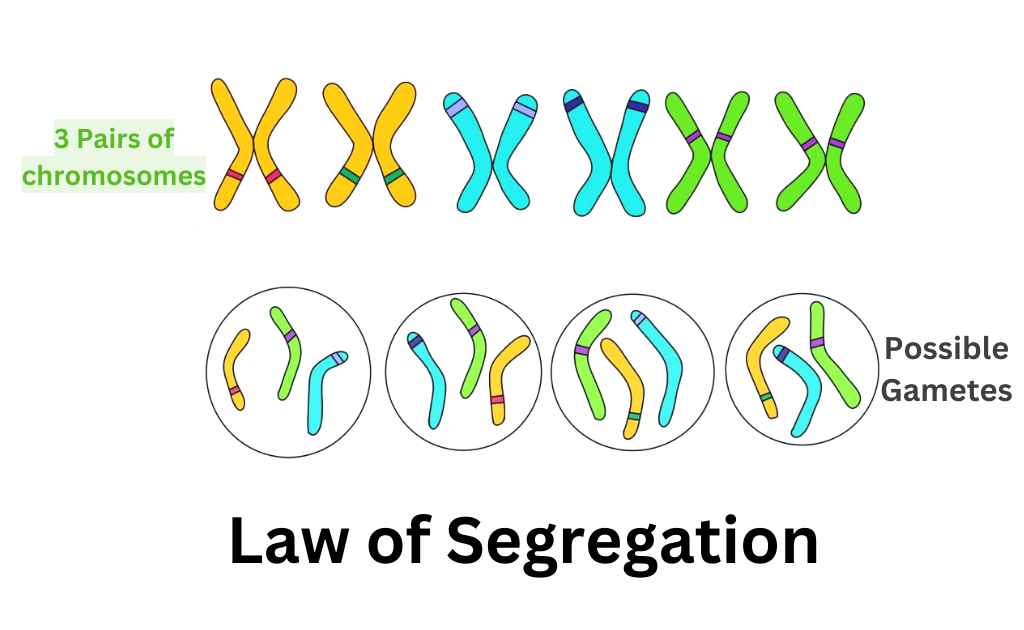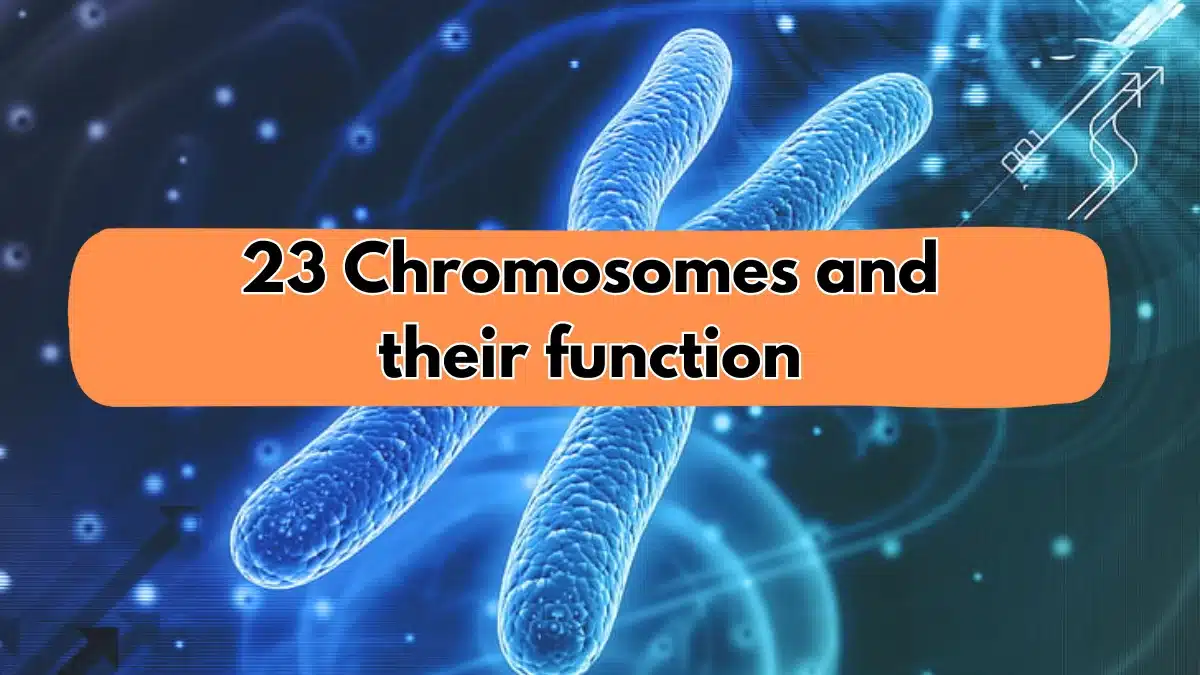Why Law Of Segregation Is Known As Purity Of Gametes?
The Law of Segregation is known as the “purity of gametes” because it ensures that each gamete (sperm or egg cell) receives only one allele (version) of a gene during meiosis. This separation of alleles guarantees that each gamete is genetically pure, containing only one version of each gene.
This process of separation and distribution of alleles during meiosis helps to maintain genetic diversity and prevent mutations, contributing to the purity of gametes. Therefore, the Law of Segregation is also known as the “purity of gametes.”
Examples to Understand Purity of Gametes in the Law of Segregation
The Law of Segregation states that during the formation of gametes, the paired genes responsible for a particular trait separate from each other, with each gamete receiving only one copy of each gene. This separation of genes ensures that the gametes are genetically pure and have only one copy of each gene.
To understand this,, imagine a bag of marbles, each representing a different allele of a gene. If you randomly pair up the marbles and place them in separate bags, you might end up with some bags that have only one color of marbles.
But if you shake the bags and randomly choose one marble from each pair, you would end up with a bag of marbles that contains different colors. This is similar to what happens during meiosis when the paired genes responsible for a particular trait separate from each other.
This way, meiosis and the law of segregation help to maintain the purity of gametes and contribute to genetic diversity.
Example of Purity of Gametes in Humans
One example of the Law of Segregation is the inheritance of eye color in humans. For instance, let’s say that a person has two different versions of the eye color gene, one for blue eyes and one for brown eyes.
During meiosis, these paired genes will separate. Each gamete will receive only one copy of the gene. It means that each gamete will carry only one gene, either the blue eye gene or the brown eye gene. When two gametes (sperm and egg) combine during fertilization, the resulting offspring will get one copy of the eye color gene from each parent. Which results in a combination of alleles that determines the color of their eyes.
By ensuring that each gamete only receives one copy of each gene, the Law of Segregation helps to maintain genetic diversity and contributes to the inheritance of traits, such as eye color, in humans.







Leave a Reply